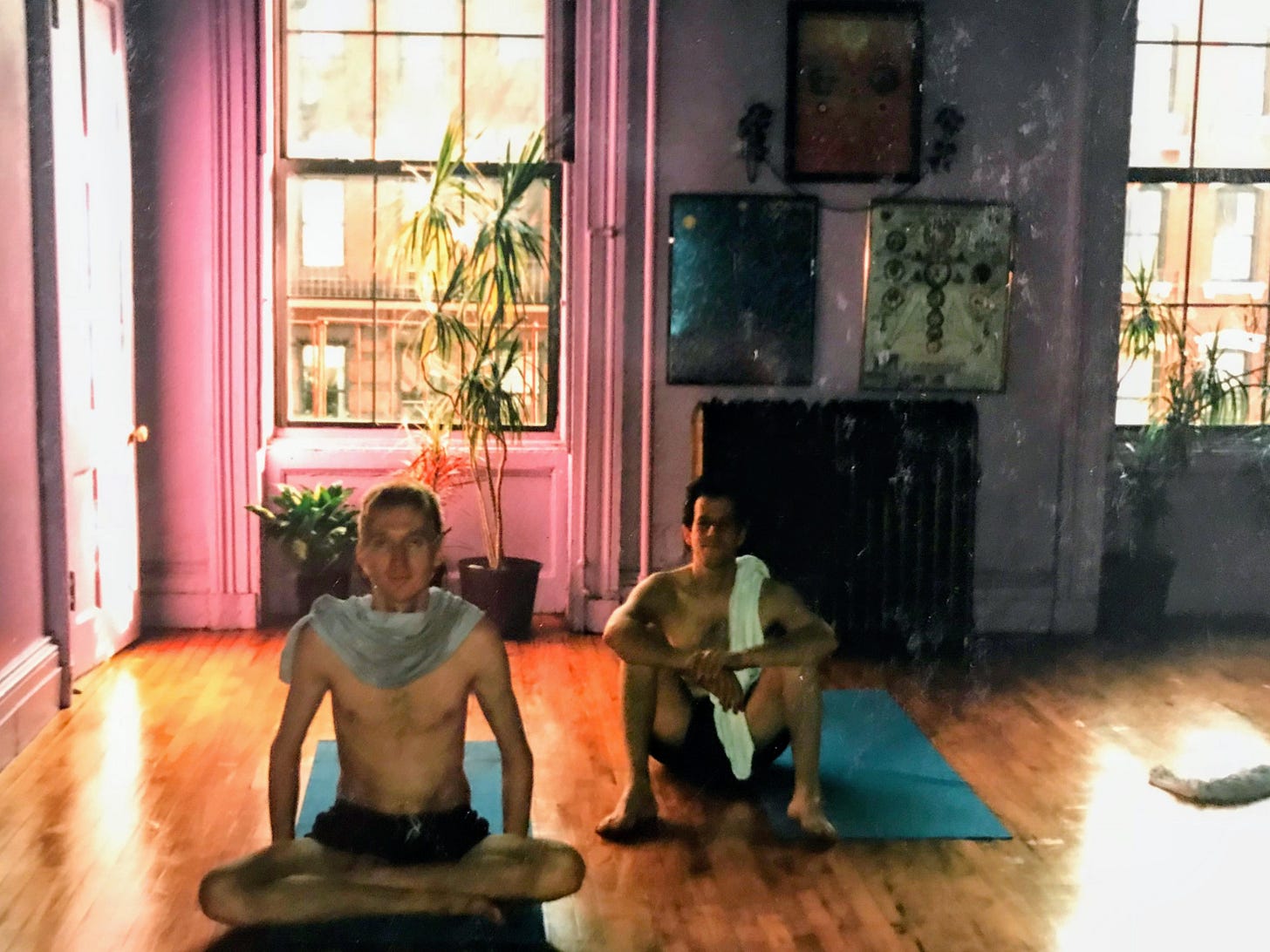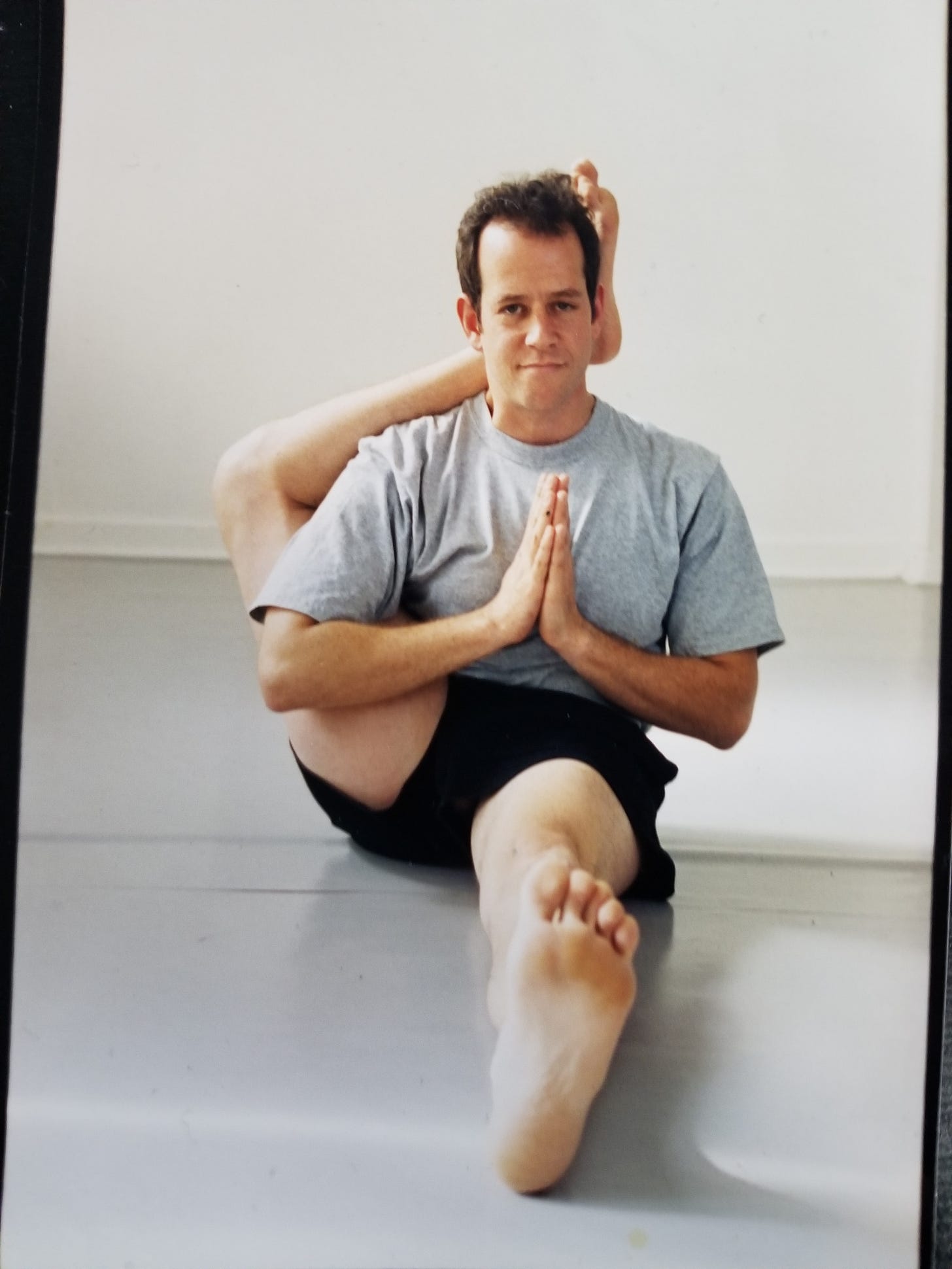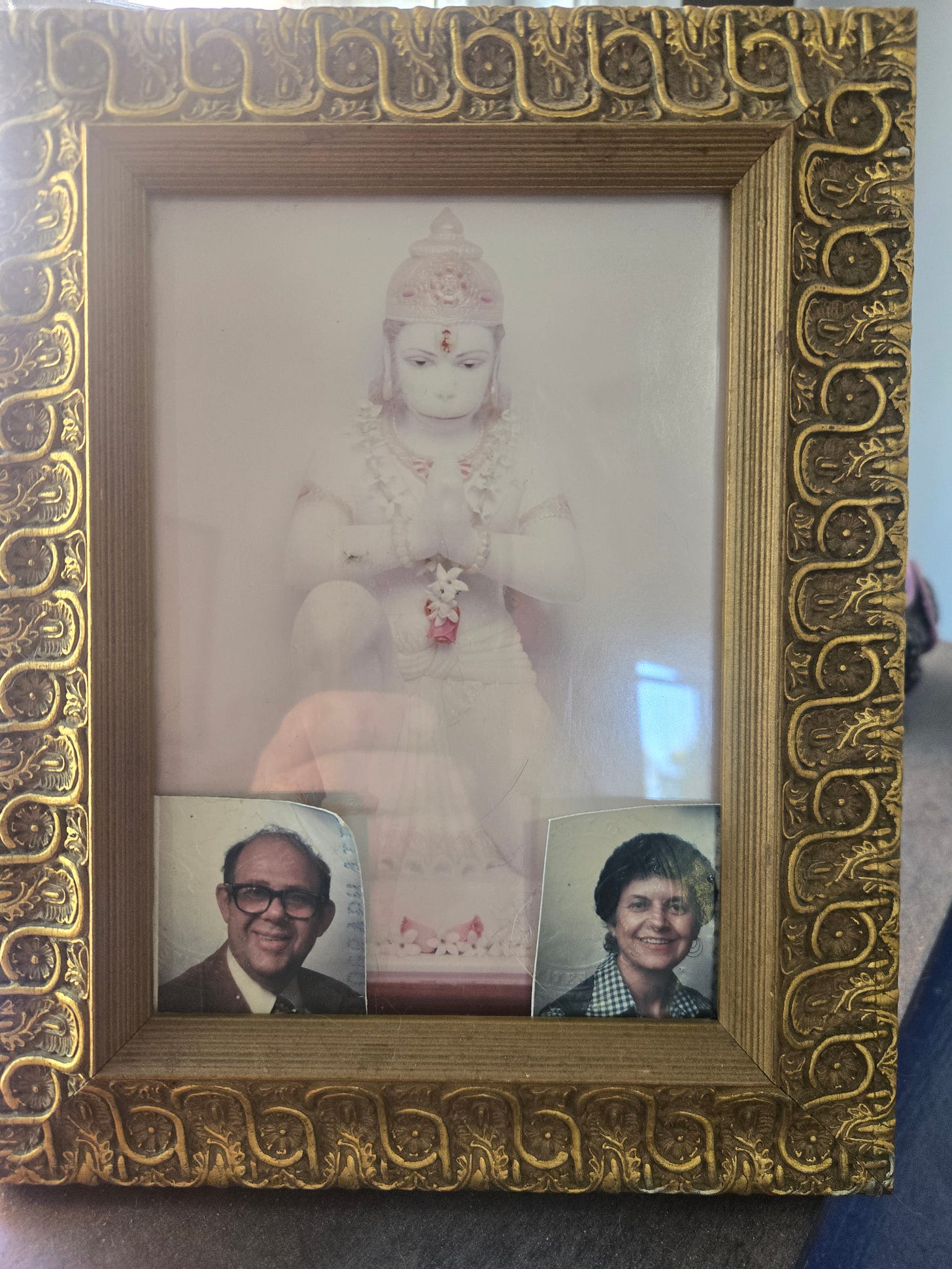What Are You Doing to Prevent a Fourth Surgery?
How three knee operations, loose joints, and bad posture taught me to rebuild from the ground up
In my 30s, I started doing yoga at Jivamukti on the Lower East Side of New York City. It was a gritty, vibrant time in my life. The studio was packed with sweat, incense, and possibility.
I did yoga for a year when I was a little kid. My mother put me into a yoga and tumbling class that I really enjoyed but didn’t continue. When I walked into my first adult yoga class, I knew I was home. The sense memory from childhood was deep and immediate — something in my body remembered. I was hooked.
To my surprise, I was good at it — really good. Within months, I could twist, bend, and balance in ways that felt miraculous. For the first time in my life, I felt like an athlete. That was a childhood dream I had quietly buried long ago.
What I didn’t know at the time was that I was mildly hypermobile. I just knew my body seemed to love yoga. I could do “crazy tricks” on the mat, and it felt amazing. Back then, alignment instruction wasn’t a big part of yoga — especially in the Ashtanga style I practiced — so there was no one telling me to slow down or be careful. My flexibility was my superpower, or so I thought.
Two years into my practice, my knees started to ache. My teachers didn’t have much to offer besides vague suggestions like “it’s a rite of passage” or “breathe through it.” Then one day, while playing softball, I planted my left foot, twisted, and felt something inside my knee explode. My foot didn’t pivot, my knee did — and that was it. The meniscus tore clean off its mooring.
That injury started a long and painful chapter.
Three knee surgeries: two on the left, one on the right.
Before that first surgery, I had a ticket to India to study yoga. The doctor assured me I’d be walking in ten days — “90% of meniscus surgeries heal that way,” he said. I was in the unlucky 10%. Six weeks on crutches. Ticket cashed in. Dream deferred.
Each surgery followed the same pattern: surgery, rehab, yoga, reinjury. I was stuck in a loop. I didn’t yet have the perspective to see that I was part of the problem.
Then, after my third surgery, I was back on the mat when one of my teachers asked me a question that stopped me in my tracks—
“What are you doing to prevent a fourth surgery?”
Until that moment, I had been focused entirely on recovery — getting back to my practice, my strength, my flexibility. But I hadn’t once stopped to ask why I was getting hurt in the first place.
That question changed everything.
I started paying attention to how I moved — how I stood, how I walked, how I sat. It wasn’t pretty. Around that same time, I was also watching my parents physically fall apart. My mother spent the last five years of her life bedridden after a surgery that started a heartbreaking progression: crutches → walking sticks → walker → scooter → bed. My father’s decline wasn’t much different.
It was a wake-up call. I didn’t want that future.
So I began studying anatomy and movement in earnest. I learned that I was too loose for my own good — strong in the wrong places, weak where it mattered most. I had lived my whole life standing with my feet turned out, walking like a duck. My inner thighs were practically asleep. Once I began retraining myself — strengthening from the inside out, learning how to stand and walk correctly — my whole body started to change. My knees stabilized. My posture improved. I felt grounded for the first time.
And as I changed, I realized I wanted to teach others what I had learned. That’s how The CoreWalking Program was born — a program to teach people how to walk correctly and relieve pain through better alignment.
To this day, people still give me a funny look when I tell them I teach people how to walk. But then they do the work, and the aches they’ve lived with for years start to fade — and suddenly it makes sense.
Looking back, those three knee surgeries were the best thing that ever happened to me. Without them, I might never have questioned the way I moved through life — literally and metaphorically. They forced me to slow down, to pay attention, to inhabit my body with awareness instead of ambition.
These days I’m not chasing flexibility or athleticism or youth. I’m chasing balance — and the hope of aging gracefully.
The question that guides me now isn’t How do I prevent a fourth surgery?
It’s How do I make it to ninety and still be able to wipe my own butt?




